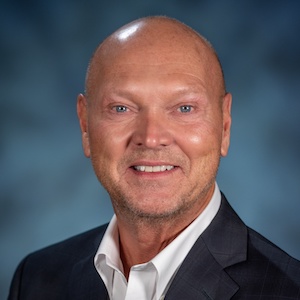CPB and Sesame Workshop partner for grant program to boost youth media
The Joan Ganz Cooney Center at Sesame Workshop has announced a grant program funded by CPB that aims to help public media stations create projects for tweens and teens.
Stations will compete to receive $15,000 and join a six-month accelerator program from February to August 2022, according to Sesame Workshop. Applications close in December, and at least 10 grantees will be announced in January.
Children younger than 9 and adults older than 30 are the primary consumers of public broadcasting’s services and programs, particularly on television. In the past year, Sesame Workshop has led studies seeking to address “missing middle” audiences between 10 and 18 years of age who don’t regularly tune into public media. The studies, which were commissioned by CPB, have shown that there is an opportunity for public broadcasting to expand its reach.
“With so much attention on the negative effects of commercial and social media on youth, it is vital for public media to work with tweens and teens to create a positive media experience,” said Debra Tica Sanchez, SVP of educational media and learning experience for CPB, in a news release. “We believe that stations and producers will gain knowledge, skills, and new relationships to make public media a platform that meets the unique educational and civic needs of young people today that will pay forward in the years ahead.”
Michael Preston, executive director of the Cooney Center, said the grants are open to stations that are hoping to “spark” new youth outreach and can also assist stations that want to expand existing programs.

The accelerator program will help stations share best practices. Sesame Workshop will also facilitate a youth advisory fellowship program that will gather insights from teens and tweens. Details about the program’s leaders and the fellowship are being determined.
Preston said it’s important to understand teens’ and tweens’ values, not just their media habits and affinity for social media sites like TikTok. “We learned from our own research that youth really value representation, authenticity and accessibility,” he said.
Like Sanchez, Preston said public scrutiny about the effects of commercial and social media on teens and tweens is growing, giving public broadcasting an opportunity to differentiate itself.
“It’s critical to meet [teens and tweens] where they are but also offer them something better,” Preston said. “It’s not really about competing head-to-head with these platforms and services. It’s about understanding the unique offerings.”






